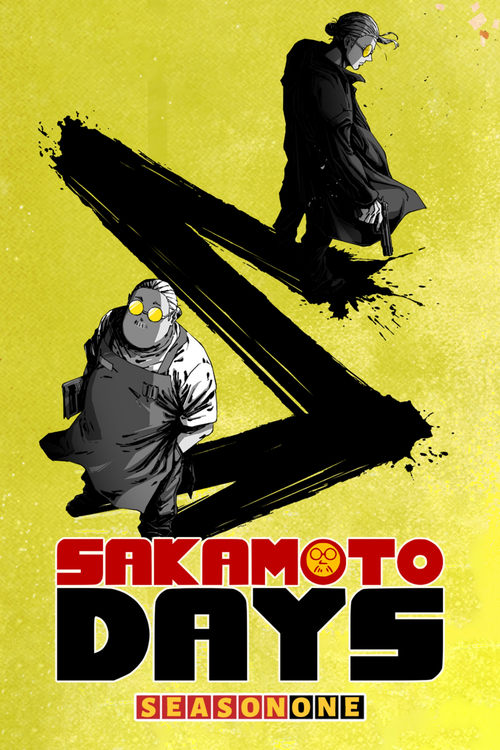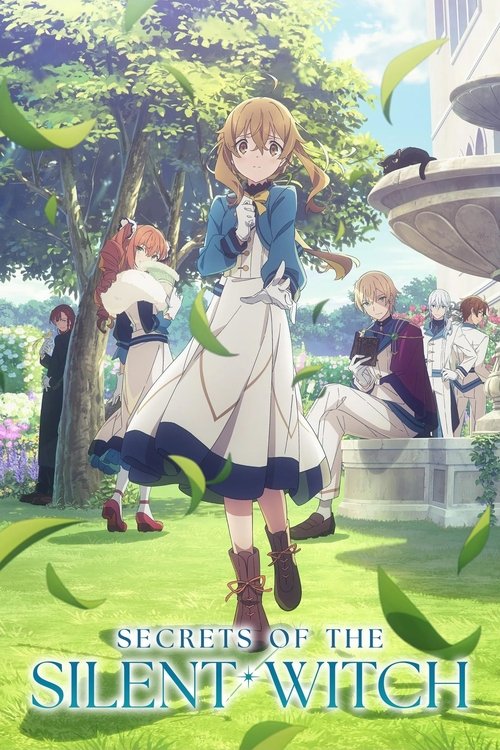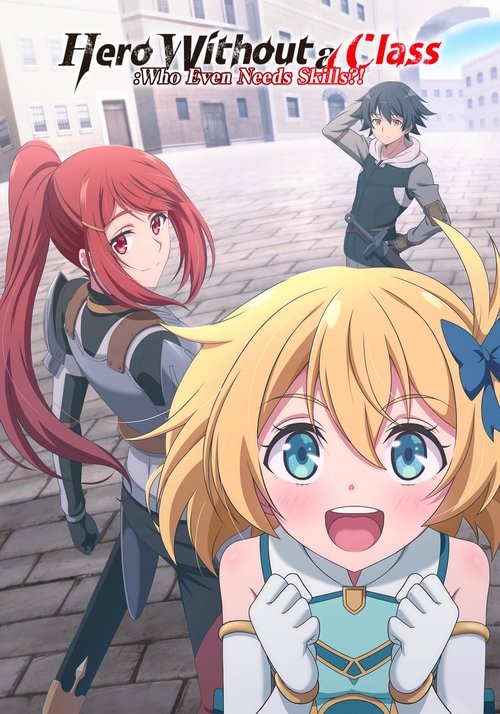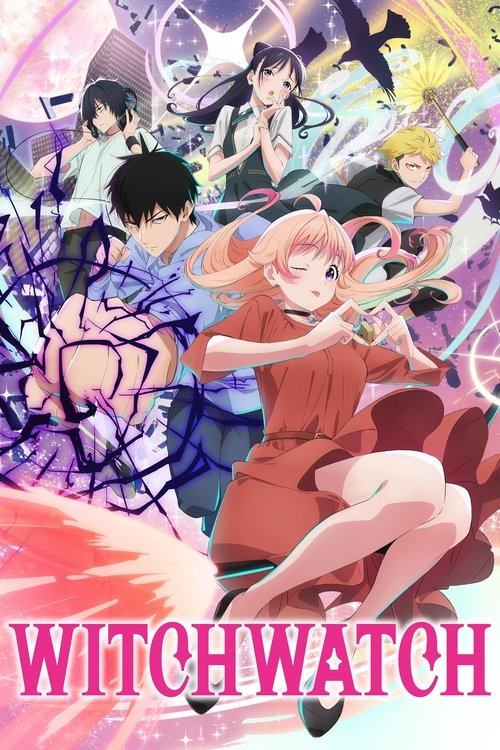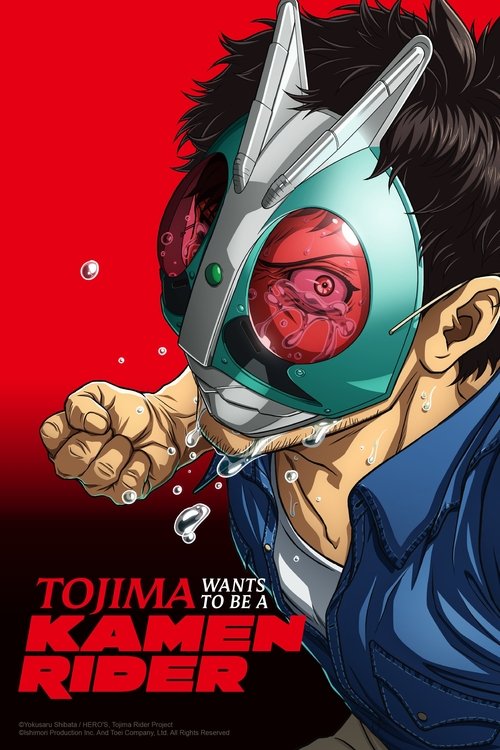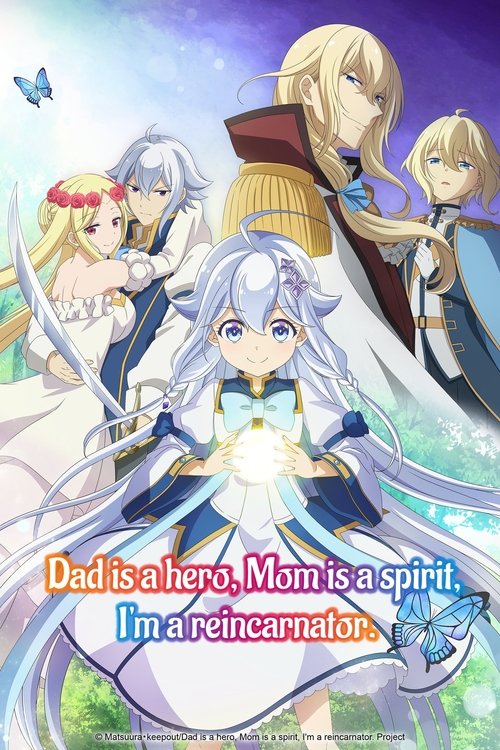
Ask Your Own Question
What is the plot?
The story of Sakamoto Days Season 1 begins with Taro Sakamoto, a once-legendary hitman who has retired from his violent past to live a peaceful life as a chubby, cheerful convenience store owner and family man. His wife, Aoi, had one condition before their relationship: he must leave his killing days behind. Sakamoto has since gained weight and settled into this new life, but his past soon catches up with him.
Early in the season, Sakamoto is confronted by a bounty of one billion yen placed on his head by the JAA (Japan Assassin Association). He interrogates Tatsu, a former colleague, who confirms the bounty and reveals that the mysterious assassin known as Slur is behind it. Sakamoto's resolve is tested, and he sheds his weight, returning to his original deadly assassin form to face off against Boiled, a dangerous opponent.
Meanwhile, Sakamoto's apprentice, Shin Asakura, a young and hotheaded assassin with clairvoyant abilities, and Lu Xiaotang, a skilled Chinese assassin and orphaned daughter of a former crime boss, become involved in the unfolding conflict. Shin and Lu work at Sakamoto's store while he attends a school event for his daughter Hana. During this time, Shin and Lu argue about Shin's clairvoyance, which irritates Shin and causes him to leave the store.
Shortly after, a team of scientists arrives and kidnaps Lu, mistaking her for Shin. Shin and Sakamoto give chase but are thwarted by Seba, a hired hitman who can turn invisible. Shin leads Sakamoto to the Okutabi Science Museum, which secretly houses a research lab where Shin was raised. Inside, they discover that the lab has been seized by an assassin group led by Kashima, who has taken the lab's director, Asakura, hostage and forced the scientists to develop assassination methods.
Sakamoto and Shin fight their way through the lab's robotic security and confront Mad Horiguchi, one of the assassins. They defeat him and promise to liberate the lab and save Shin's childhood home. Meanwhile, Lu is imprisoned with the director, who reveals he has a plan to escape.
Outside the lab, assassins Shishiba and Osaragi from The Order arrive to investigate a tip given by Nagumo, a flamboyant but deadly assassin from Sakamoto's past. The Order is a powerful organization that becomes a major antagonist force throughout the season.
Throughout the season, Sakamoto's group grows to include Heisuke Mashimo, a sniper, and they form a found-family dynamic. They face multiple confrontations with hitmen from Sakamoto's past, including members of The Order and the mysterious Slur. Sakamoto insists on avoiding killing whenever possible, even as he returns to his lethal skills to protect his family and friends.
The season features several intense fight sequences, including Sakamoto's battles against Boiled and other assassins, the infiltration and liberation of the Okutabi lab, and confrontations with The Order's operatives. Each fight is detailed with step-by-step action, showcasing Sakamoto's skill, Shin's clairvoyance, and Lu's combat abilities.
The season ends on an unresolved note, with the threat of Slur and The Order still looming, setting up the continuation of the story in the second part of the anime.
In summary, Season 1 of Sakamoto Days follows Taro Sakamoto's return to action after retirement, the kidnapping of Lu, the infiltration of a hostile lab, battles against assassins from his past, and the formation of a new team to face ongoing threats, all while balancing his desire to protect his family and avoid killing.
Related Titles
Browse All Titles →
What is the ending?
The ending of Sakamoto Days Season 1 (2025) concludes with Sakamoto, Shin, and Lu facing a high-stakes gambling challenge posed by Wutang in an underground casino, while simultaneously dealing with ongoing threats from assassins and the bounty on Sakamoto's head. The season ends with Aoi, Sakamoto's wife, seemingly in danger due to the schemes of the antagonist Slur.
Narrated scene-by-scene, the ending unfolds as follows:
The final episodes of Season 1 open with Sakamoto, the retired hitman turned convenience store owner, alongside his loyal allies Shin and Lu Shaotang, preparing to confront a new challenge. They are invited--or rather forced--into a gambling competition in a shadowy underground casino, orchestrated by the formidable Wutang, a powerful figure in the assassin underworld. The stakes are high, and the tension palpable, as this contest is not merely about money but survival and clearing Sakamoto's name from the bounty placed on him.
As the gambling unfolds, the trio must rely on their wits, skills, and trust in each other. The scenes are charged with suspense, showing Sakamoto's calm demeanor contrasted with the dangerous environment. Meanwhile, the narrative intersperses flashbacks and moments of quiet reflection, revealing the deep bonds between Sakamoto and his family, especially his wife Aoi, who represents the peaceful life he fights to protect.
Parallel to the gambling scenes, the story reveals the machinations of Slur, a cunning antagonist whose schemes put Aoi in jeopardy. The tension escalates as Slur's plans threaten to unravel the fragile peace Sakamoto has built. The show carefully depicts Aoi's vulnerability and the looming danger, heightening the emotional stakes for Sakamoto and his allies.
The climax of the season is a blend of intense action and strategic gambits. Sakamoto and his friends fend off assassination attempts while navigating the casino's perilous games. The animation highlights their teamwork and individual skills, with Sakamoto's legendary hitman abilities subtly surfacing despite his retired status.
In the final moments, the season closes on a cliffhanger: while the immediate threat from the gambling challenge is addressed, Aoi's fate remains uncertain as she appears to be in serious danger due to Slur's ongoing schemes. This unresolved tension sets the stage for the next part of the story, emphasizing the themes of loyalty, the cost of past lives, and the struggle to protect loved ones in a world that refuses to let go of old conflicts.
Regarding the main characters' fates at the end of Season 1:
-
Taro Sakamoto remains alive and resolute, having survived the gambling challenge and assassination attempts, but still burdened by the bounty and threats against his family.
-
Shin and Lu Shaotang continue as Sakamoto's trusted allies, their bond strengthened through shared trials.
-
Aoi, Sakamoto's wife, is left in a precarious position, her safety compromised by Slur's schemes, creating a critical narrative tension.
-
Slur remains an active antagonist, his plans partially successful in endangering Aoi, ensuring ongoing conflict.
This detailed ending emphasizes the ongoing struggle between Sakamoto's desire for a peaceful life and the violent world he left behind, with the season closing on a note of suspense and unresolved danger.
Is there a post-credit scene?
The TV show Sakamoto Days Season 1 (2025) does not have any publicly documented post-credit scene. None of the available detailed episode recaps, director or producer commentaries, or reviews mention a post-credit scene or describe any content that appears after the credits in Season 1.
The sources focus on key scenes within episodes, character introductions, and the overall story progression, but there is no indication of an additional scene after the credits. If a post-credit scene exists, it has not been highlighted or discussed in official breakdowns or fan discussions available as of now.
What is the significance of the Okutabi Lab in Season 1 of Sakamoto Days?
The Okutabi Lab is a secret underground research facility where Shin Asakura was raised. In Season 1, it becomes a key location when a group of scientists are kidnapped by an assassin group led by Kashima, who takes the lab's director hostage to force research on assassination methods. Sakamoto and Shin infiltrate the lab to rescue the director and liberate the facility, facing robotic security and hired assassins like Mad Horiguchi. This arc reveals Shin's past and the threat posed by the Order assassins investigating the lab.
How does Shin Asakura's clairvoyance affect his relationship with Lu Xiaotang in Season 1?
In Season 1, Shin and Lu have a tense relationship partly due to Shin's clairvoyance. They argue about it while working at Sakamoto's store, which irritates Shin and causes him to leave angrily. This tension is significant because Lu is later mistaken for Shin and kidnapped by scientists, prompting a rescue mission. Their dynamic highlights the challenges within Sakamoto's group and adds depth to their characters.
Who are the main antagonists introduced in Season 1, and what are their motivations?
Season 1 introduces several antagonists: the assassin group led by Kashima, who seizes control of the Okutabi Lab to force assassination research; the Order assassins Shishiba and Osaragi, who investigate the lab based on a tip; and the flamboyant assassin Nagumo, linked to Sakamoto's past. Their motivations revolve around power, control of assassination technology, and settling old scores with Sakamoto and his allies.
What role does Taro Sakamoto's family life play in the plot of Season 1?
Taro Sakamoto's family life is central to Season 1's plot. After retiring from his deadly assassin career to run a convenience store and start a family with his wife Aoi and daughter Hana, his peaceful life is disrupted when his past enemies resurface. His family motivates him to avoid killing whenever possible and to protect his new life, creating a contrast between his former lethal self and his current role as a family man and store owner.
How does the relationship between Sakamoto and his apprentice Shin develop throughout Season 1?
Throughout Season 1, Sakamoto and Shin's relationship evolves from mentor and hotheaded apprentice to a more cooperative partnership. Shin's impulsiveness and clairvoyance contrast with Sakamoto's experienced, calm approach. Their joint efforts to rescue the Okutabi Lab director and confront assassins demonstrate growing trust and teamwork, with Sakamoto guiding Shin to balance his skills with strategy and restraint.
Is this family friendly?
The TV show Sakamoto Days (Season 1, 2025) is rated TV-MA and is not family-friendly for children or sensitive viewers due to its content. It features moderate violence and gore, including frequent fight scenes with weapons, blood, and some graphic moments such as beheadings and stabbing visualizations, though often presented with a comedic tone. There is moderate profanity, including use of strong language like the f-word and s-words. There is no sexual nudity, but some female characters wear revealing clothing. Alcohol and drug use is mild, and frightening or intense scenes are mild but present. The show blends action, comedy, and violence centered on a former hitman's life, which may be upsetting or inappropriate for younger or sensitive audiences.

